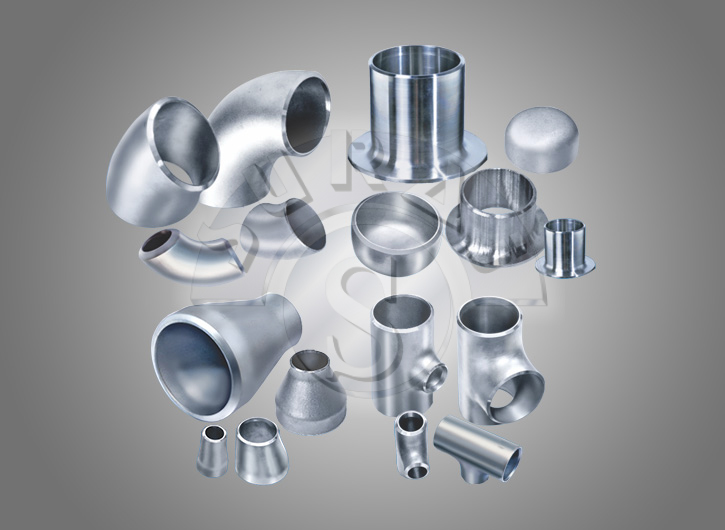
Seamless Fittings
Seamless pipe fittings are an integral part of any piping system. Seamless fittings are much more reliable and durable than traditional buttweld fittings, and can be used in a wide variety of applications. Seamless fittings are made from seamless steel pipe, and are designed to provide a secure, leak-free connection between two sections of pipe. Seamless fittings are available in a variety of sizes and shapes, and can be used in both high-pressure and low-pressure applications.
Buttweld Fittings
Buttweld fittings also known as welded pipe fittings are a type of pipe fitting used to join two sections of pipe together. Buttweld fittings are available in a variety of shapes and sizes, and are typically used in high-pressure applications. Buttweld fittings are typically made from stainless steel, and are designed to provide a secure, leak-free connection between two sections of pipe.
Quality Testing
In order to ensure that seamless and buttweld fittings are of the highest possible quality, they must undergo rigorous testing and inspection throughout the manufacturing process. Quality assurance and testing are essential for ensuring that the fittings are free from defects and meet the required safety and performance standards. Quality assurance and testing for seamless and buttweld fittings typically involves the following steps:
• Visual inspection: This is the first step in the quality assurance and testing process, and involves inspecting the fittings for any visible defects or damage.
• Non destructive testing: Non destructive testing involves testing the fittings for any internal defects that may not be visible to the naked eye. Common non destructive tests for seamless and buttweld fittings include radiography, ultrasonic testing and magnetic particle testing.
• Physical testing: Physical testing of the fittings involves testing the strength and durability of the material. This typically involves tests such as tensile strength testing, hardness testing and pressure testing.
• Final inspection: The final inspection is the last step in the quality assurance and testing process. This involves inspecting the fittings for any visible defects or damage, and ensuring that the fittings meet all the required safety and performance standards.
Quality assurance and testing are essential for ensuring that seamless and buttweld fittings are of the highest possible quality. By following the steps outlined above, manufacturers can ensure that their fittings meet all the required safety and performance standards, and are free from defects. This helps to ensure that the fittings are reliable and durable, and can withstand the pressure and stress of the application they are being used for.


























